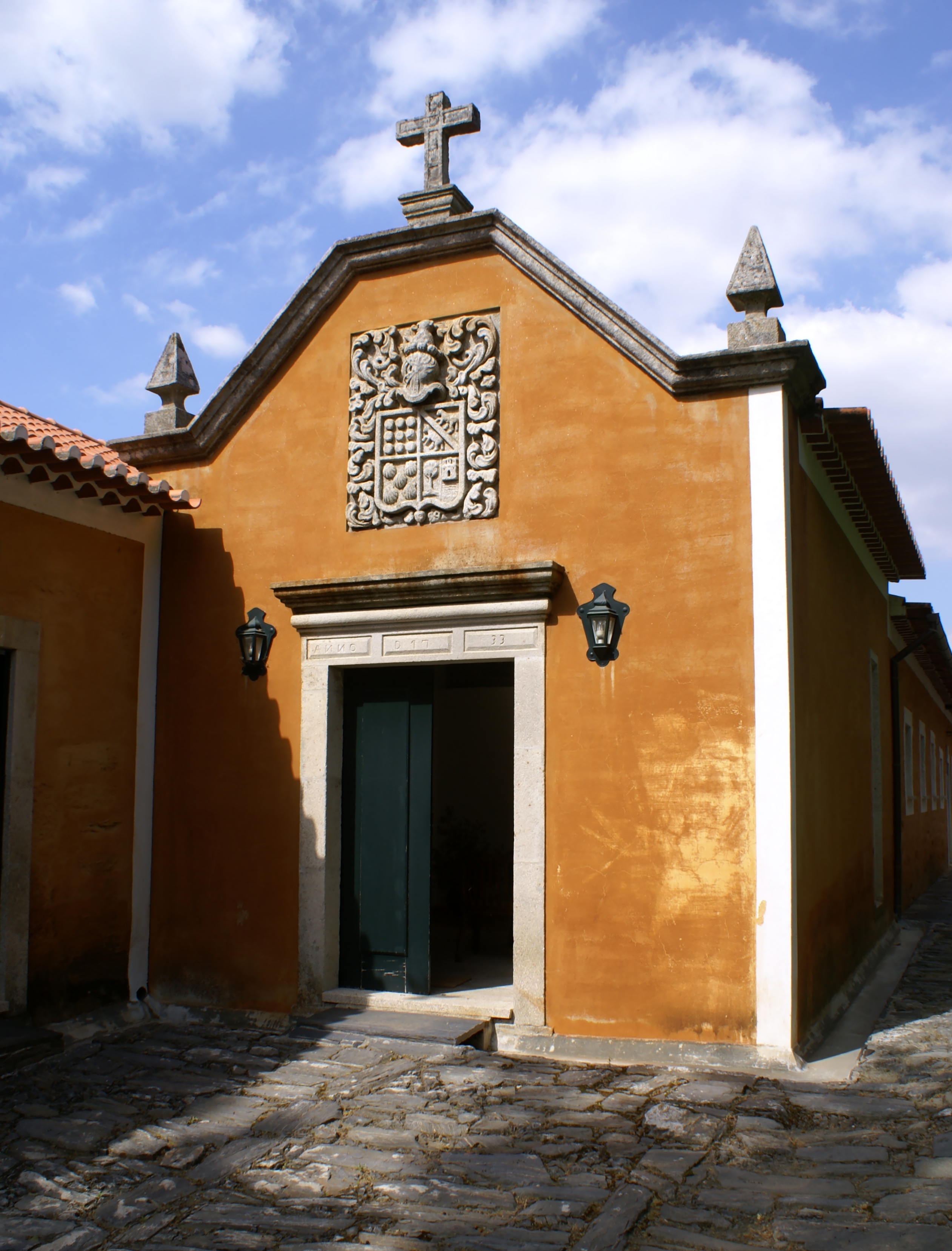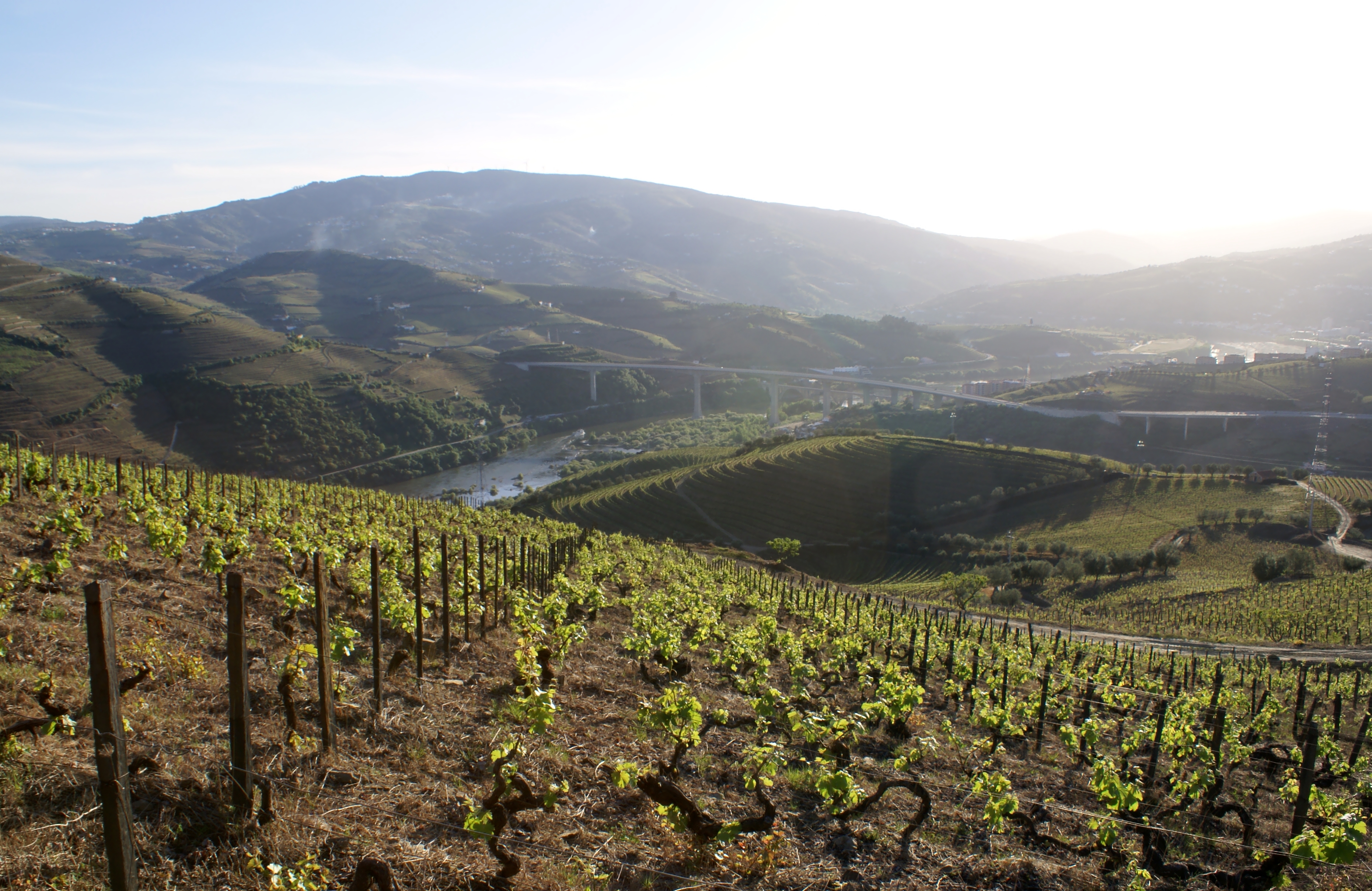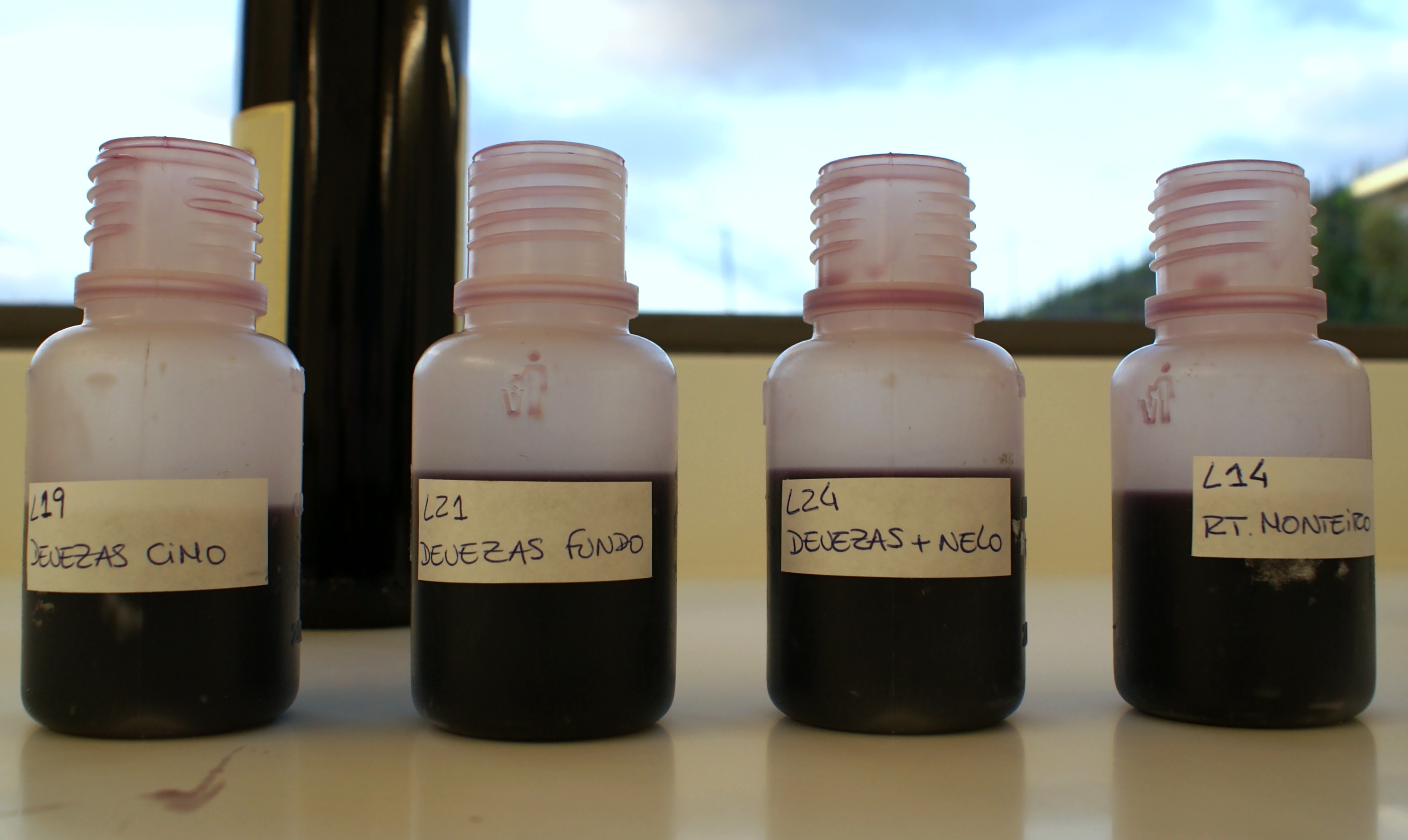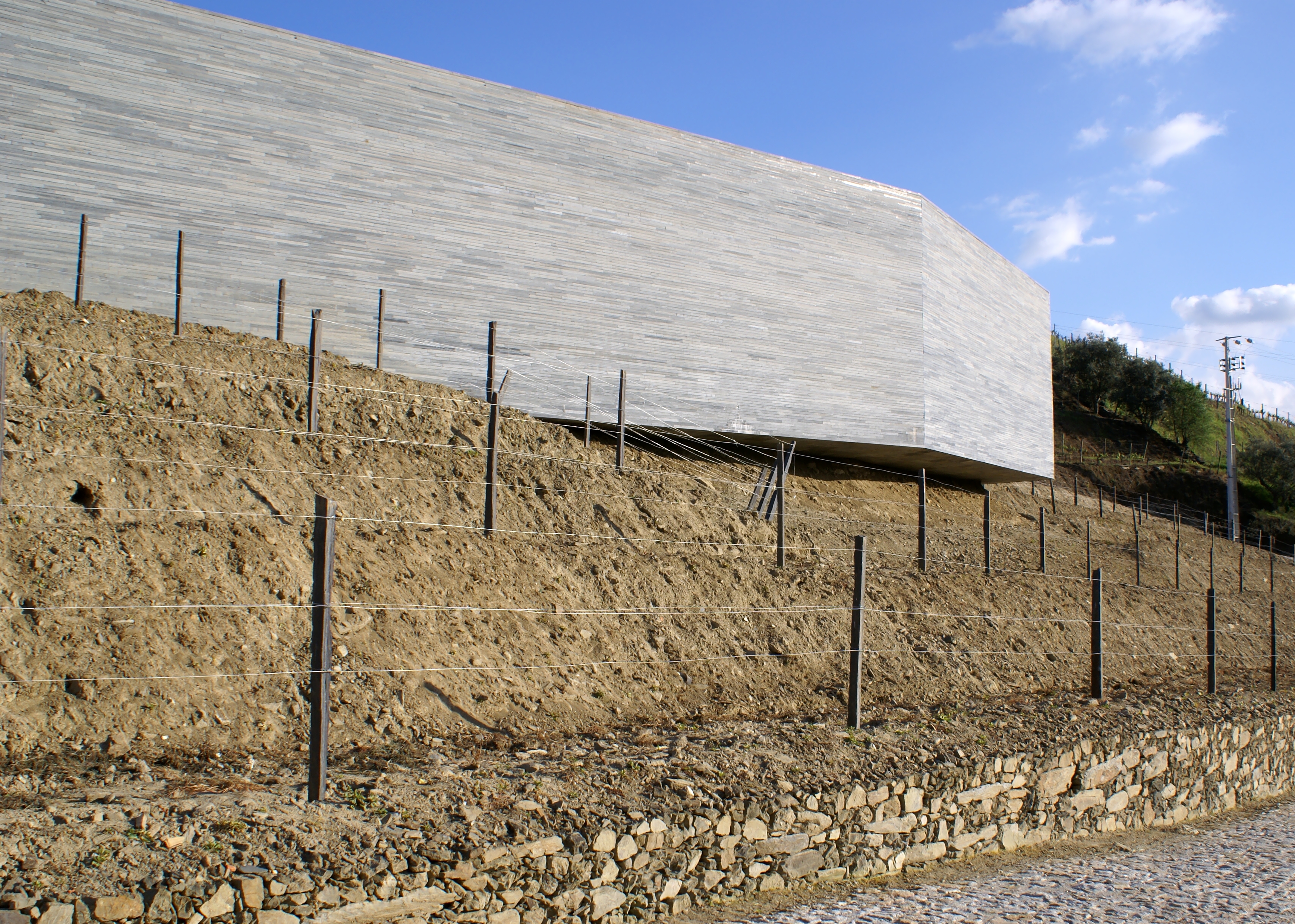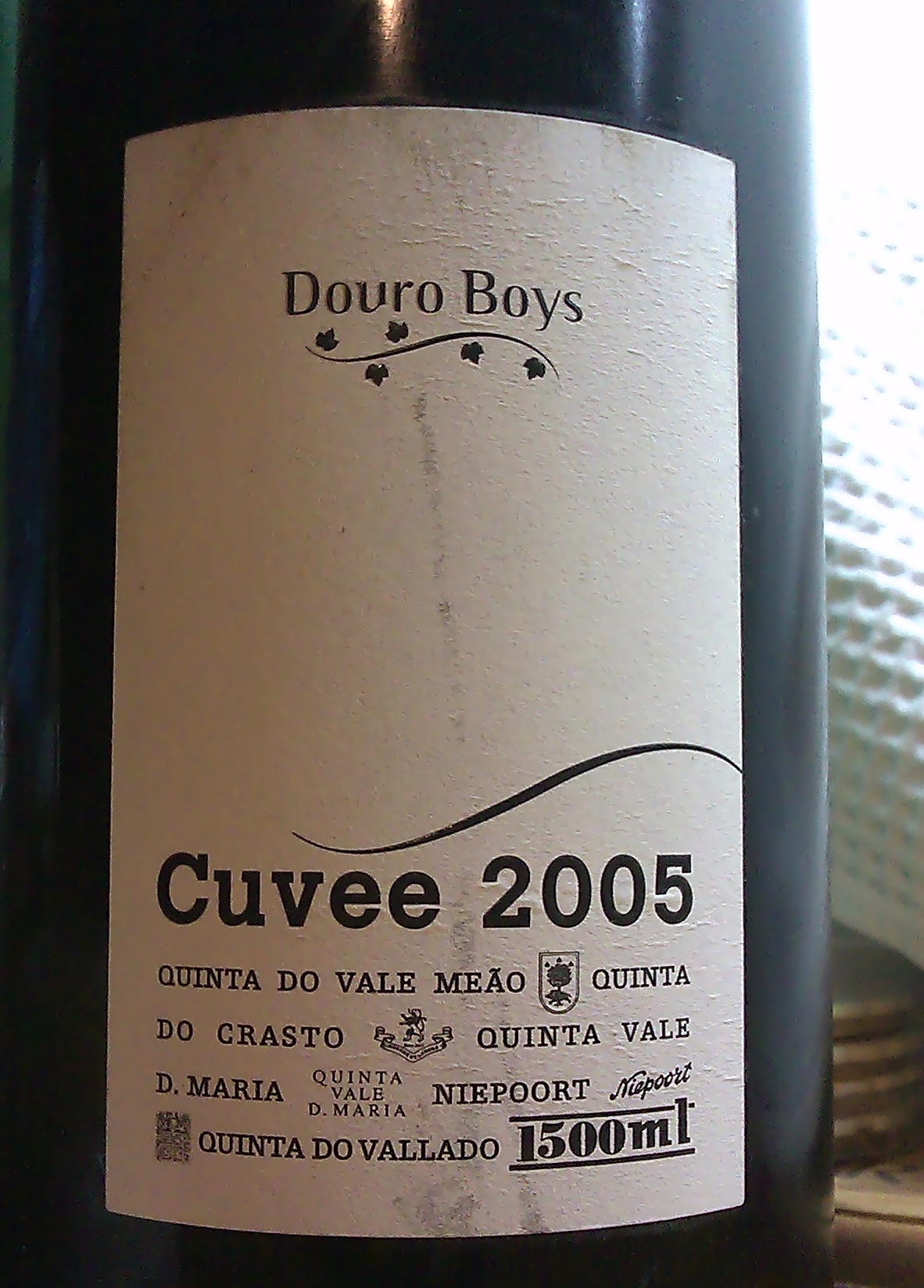In Portugal (6): Vallado: Leaps and bounds
Posted on 26 April 2011
[Click here for earlier articles in this series]
After staying at Quinta do Crasto in the heart of the central Douro, I moved to Quinta do Vallado. Located downstream very close to the small (and rather ugly) city of Régua, it is another property (after Vale Meão) of the enterprising Dona Antónia Ferreira. It boasts 80 ha of finely located vineyards as well as a comfy rural hotel.
From the latter, lying low on the Corgo river, it’s actually easy to overlook the vineyards. These climb from 80 to as high as 300 m above sea level. From the top, where the oldest plots are located, you have a spectacular panorama of the Douro, Régua, the recently developed motorway (ugly but handy if you’re coming from Lisbon), and many other quintas such as Judeu, Pacheca and Santa Bárbara.
These old vineyards, some aged 80 and 100 years old with a field blend of ancient Portuguese varieties, are responsible for Vallado’s most exciting wine, the Reserva. There are other very good wines here: the Touriga Nacional is perhaps the best rendition of this flagship grape, and the 100% Sousão, a rarity as this teinturier (grape used in minor proportion to add colour to blends) is almost never bottled separately, are very good bottles, but the Reserva has that bit more x factor. Old vines are one the Douro’s two major assets (the other are lagares – granite basins where grapes are foot-trodden, as is the tradition for vintage port): they contribute fantastic depth and freshness even to the very ripe wines. It’s what makes Douro wines so distinctive and engaging; in my book, setting them apart from and above many wines from Spain.
The barrel samples for the 2009 Reserva Field Blend are looking exciting, and the 2008 is a fabulous wine that combines big concentration with soft tannins and fresh depth. It’s a paradox of those young vineyards that even at very high extraction the wine is never drying or aggressive. I can say the same about the 2000: a hot vintage (the second made here) that however has very good acidity and can still improve. The wines at Vallado are made by Xito Olazabal of Vale Meão and share the same approach: restrained power, freshness and elegance.
What about port? Contrarily to most small quintas like Crasto and Vale Meão that often only release a small amount of vintage port, Vallado makes tawny. (A Vintage will be released for the first time from the 2009 vintage; one of the sample lots I tasted was perhaps the most gorgeously fruity young port I’ve ever had). The 10 Years Old is excellent and the 20 Years Old is one of the four of five best 20s on the market. The style of these tawnies is really interesting. They’re sweet but also have a strong salty edge to them, and plenty of umami, the fifth savoury taste. I addressed umami with tea here, and should do the same exercise with Vallado’s tawnies. Traditionally it was believed that tawny port ages best in the cooler, humid Atlantic climate of Oporto; tawnies aged in the Douro were deemed inferior because of their faster ageing and more violent flavours including the famous vinagrinho (vinegar note). Now that many high-quality Douro-aged examples are released, the exact opposite is proving to be true. Douro ageing just gives more complexity and with skillful blending, the wines can be well balanced.
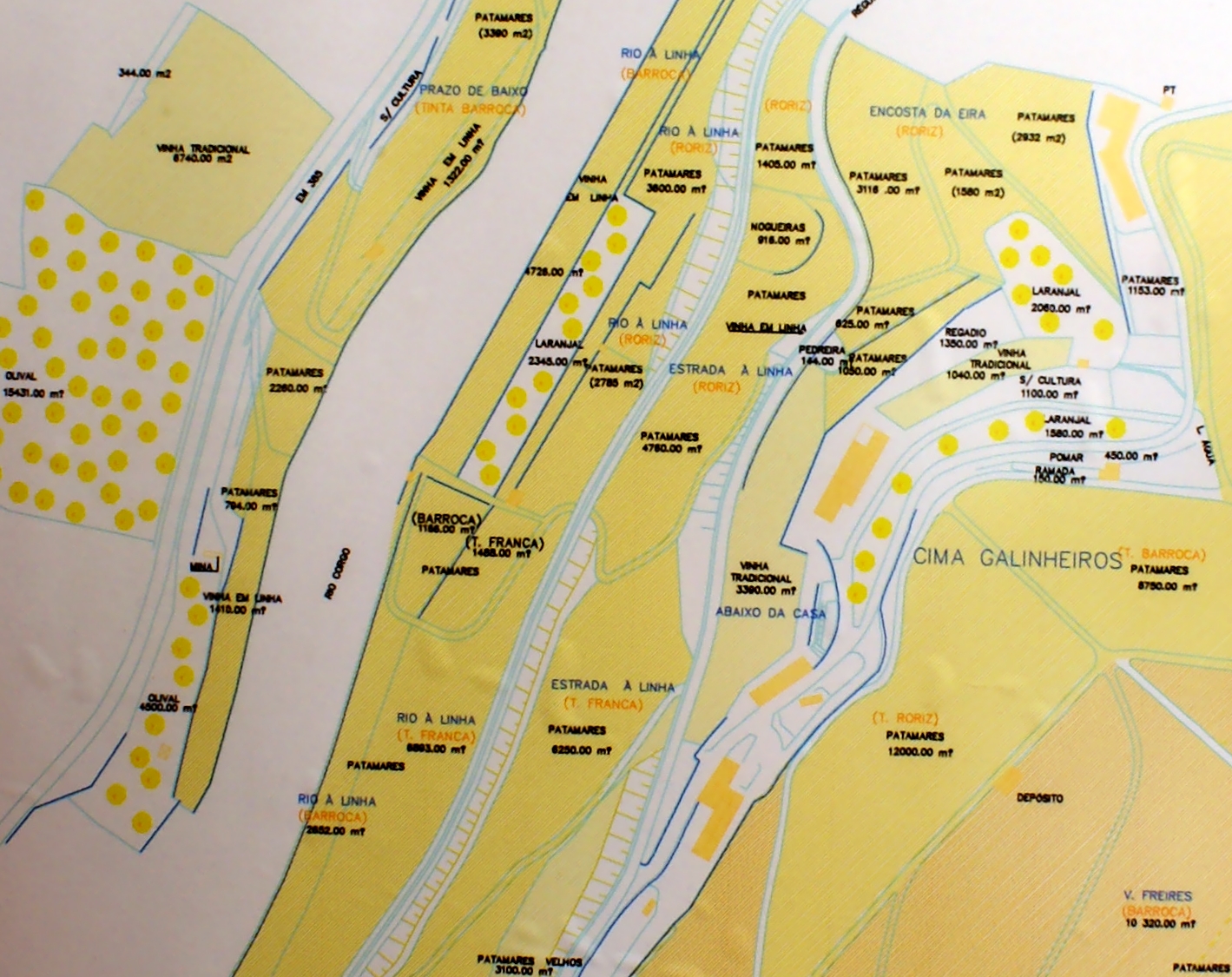
This map (about 10% of Vallado vineyards) shows the complexity of the Douro: parcels have different exposures, inclinations, grape varieties and vine age.
Francisco Ferreira, the co-owner of Vallado with his cousin João, is a most amiable host. On one of the nights I stayed here, he held a crazy family party with many friends and no fewer than 19 children aged 0 through 10. It was much more relaxing than it sounds, and didn’t distract us from good wine: we notably had the 2005 Douro Boys Cuvée. It’s a one-off bottling of only 700 magnums that were auctioned for charity. A generous move from Francisco, given that I saw a magnum a few days later at a restaurant at 1000€. It’s lovely wine, still tight and young with exciting tannic power, little oak, and surprising elegance. One for the long haul.
Disclosure
I stayed at Quinta do Vallado with my family at the quinta’s invitation. Other expenses of this trip to Portugal including flights and transfers are my own.


